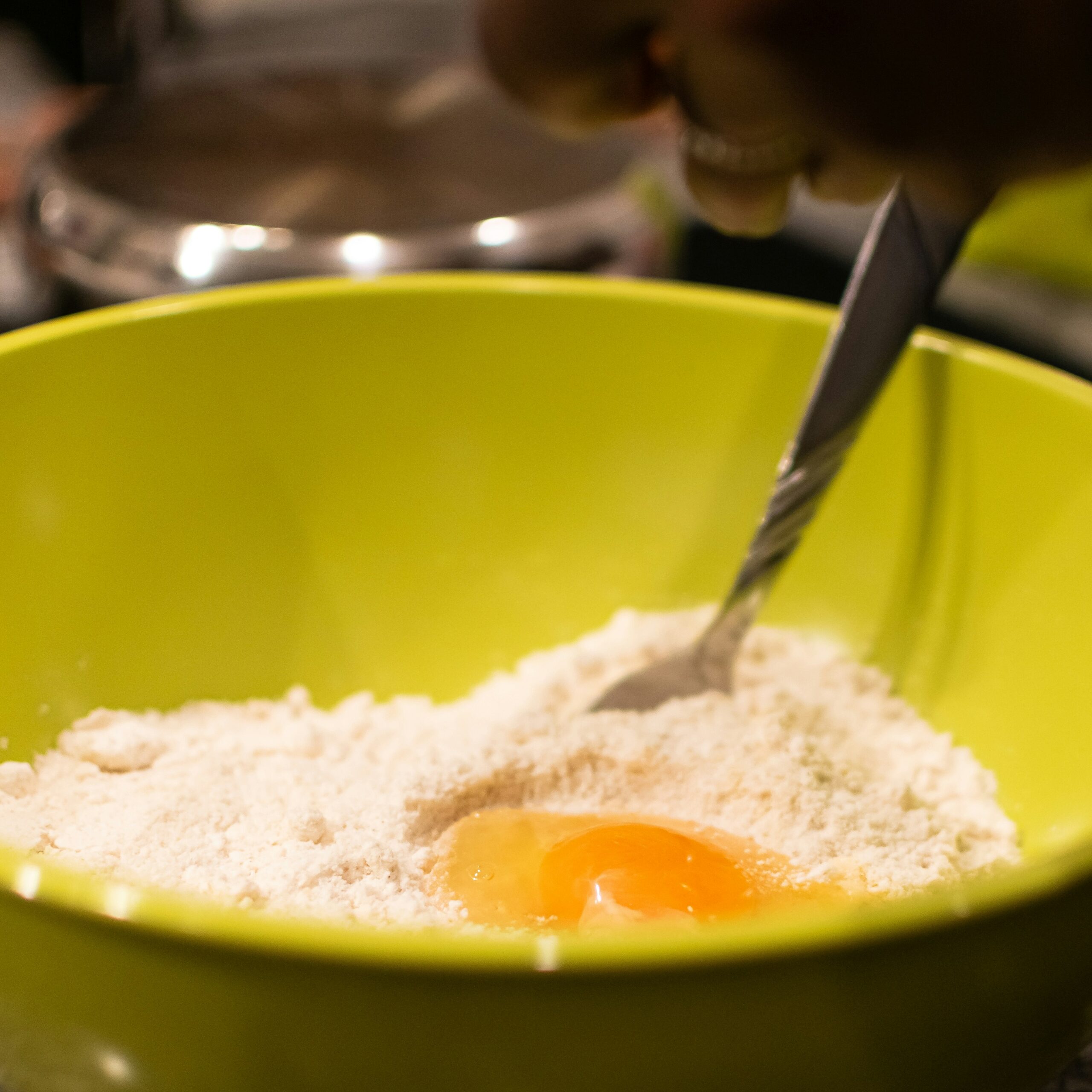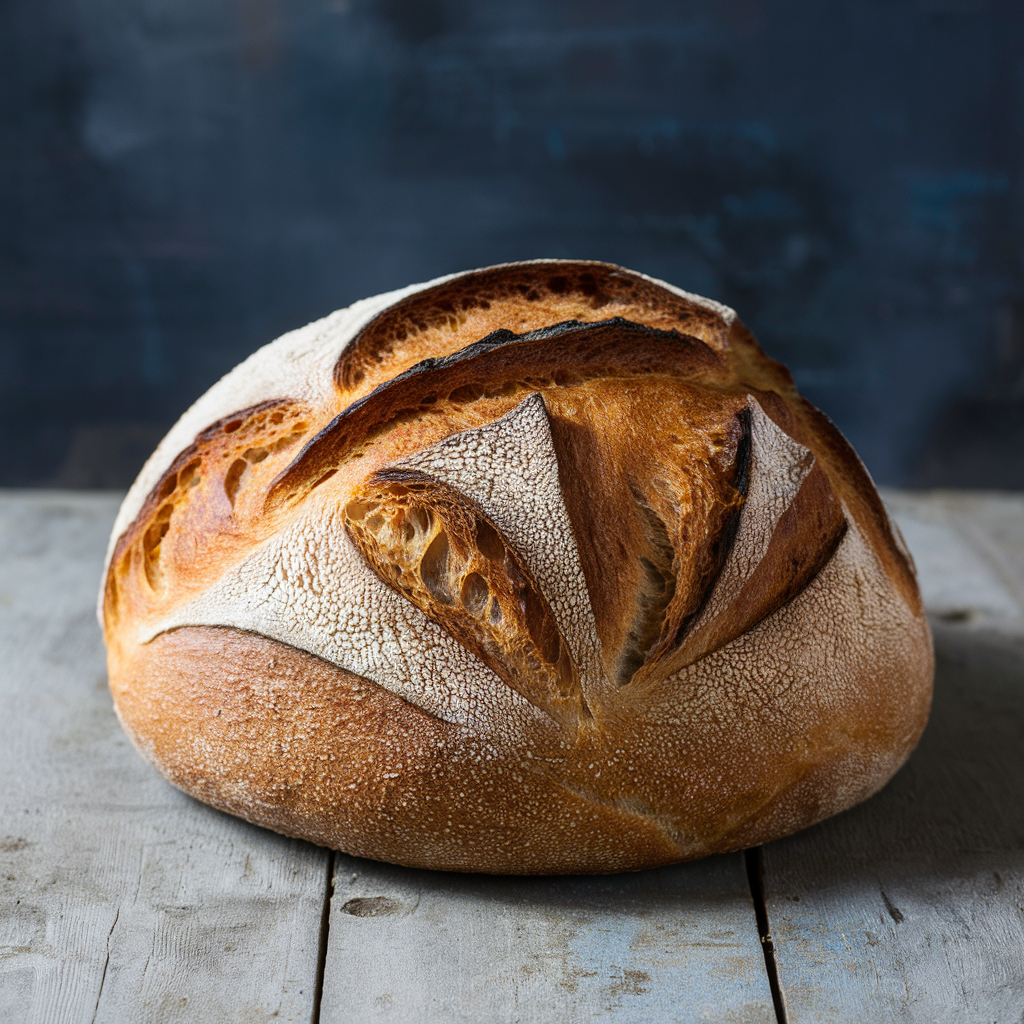Savoring Tradition: Exploring Family Recipes That Tell Our Stories
There’s something profoundly intimate about gathering around a table, a steaming pot of food at its center, as the sweet aroma wafts through the air. It’s in these moments, where laughter mingles with the clinking of forks and knives, that family recipes come alive. They are not just ingredients and methods; they’re the threads that weave our family histories into a rich tapestry of flavors and traditions.
The Power of Family Recipes
Family recipes often embody more than just culinary skills. They carry with them stories of generations past, cultural heritage, and the essence of familial bonds. I remember sitting in my grandmother’s kitchen, the walls adorned with sepia-toned photographs, as she shared the story behind her famous lasagna. It wasn’t just a dish; it was a rite of passage, learned through countless trials and the occasional kitchen disaster (I still chuckle at the time she mistook salt for sugar!).
These recipes are like heirlooms; they’re passed down, often with a caveat: “You must add a pinch of love.” While the term “love” may seem cliché, it’s an essential ingredient that personalizes the dish, making it uniquely ours. This sentiment was echoed by food anthropologist Dr. Maria Gonzalez, who states, “Food is more than sustenance—it’s a narrative. Every family recipe represents a story, a tradition, and a connection to our roots.”
Connecting Generations
As families evolve, so do their recipes. The way my mother adapted my grandmother’s lasagna for a modern palate—substituting whole wheat noodles and reducing cheese—reminds us that traditions can be honored while still allowing for innovation. This adaptability is crucial. For instance, my childhood friend, Jake, whose family hails from Mexico, shared how his abuela’s tamale recipe had evolved over the years. Initially made with pork, it now includes vegetarian options, catering to the changing dynamics of his family.
The Stories Behind the Dishes
Let’s explore some recipes that not only tantalize the taste buds but also tell compelling stories. Each dish reflects a unique narrative, often tied to cultural significance or personal anecdotes.
1. Grandma’s Chicken Soup
Ah, chicken soup—the ultimate comfort food. For many, it’s synonymous with love, care, and healing. My own grandmother, a woman with a heart as big as her cooking pots, made a chicken soup that could cure just about anything (or so she claimed). The secret? A mix of fresh herbs from her garden, a splash of white wine, and a generous helping of patience.
But it wasn’t just the ingredients. Every time she made that soup, she’d tell me about her childhood—how her family would gather around a small table in post-war Italy, sharing whatever they could find. “Food is meant to be shared,” she’d say, her voice rich with emotion. “It’s about connection, my dear.”
2. The Great-Grandfather’s Chili
Chili is another dish that lends itself well to storytelling. My great-grandfather, a Texas native, had a reputation for his fiery chili that could make even the toughest cowboys sweat. Legend has it that he never followed a recipe; instead, he relied on his instincts and a secret blend of spices he refused to share. “If I told you, I’d have to take you out back,” he’d joke, his eyes twinkling with mischief.
At family gatherings, we still attempt to recreate his recipe, which has become a rite of passage for the newer generations. Each attempt is a mix of nostalgia and experimentation, as we try to capture the essence of his cooking while adding our own flair. (I, for one, added black beans to my last batch—much to my mother’s dismay!)
The Role of Food in Cultural Identity
Food serves as a powerful cultural identifier. It not only nourishes the body but also connects us to our heritage. Different cultures have unique dishes that reflect their histories and values. From the intricate spices of Indian cuisine to the delicate flavors of Japanese sushi, each dish tells a story.
A Taste of Italy
Take, for instance, the Italian tradition of Sunday pasta. It’s more than just an Italian-American custom; it’s a ritual that celebrates family. Growing up, Sundays were reserved for my mother’s marinara sauce simmering on the stove, filling our home with a sweet, tangy aroma. Each batch was made from tomatoes harvested from her garden, a practice passed down from her mother. The sauce was a labor of love, cooked slowly while stories of our family’s Italian roots filled the room.
Exploring Asian Heritage
On the other side of the globe, many Asian cultures have similar traditions that highlight the significance of family and food. In my friend Mei’s household, the Lunar New Year is celebrated with a feast that includes dumplings, fish, and sticky rice. Each dish has a symbolic meaning—prosperity, unity, and happiness. Mei recalls how her grandmother would gather everyone in the kitchen, teaching them how to fold dumplings while sharing tales of her own childhood in China.
Modern Adaptations: Keeping Traditions Alive
As the world becomes increasingly interconnected, the ways we share and adapt family recipes also evolve. Families now blend traditions, creating unique dishes that reflect their multicultural identities. I’ve seen this firsthand in my friend Anya’s home, where her Indian and Italian heritage collide in a remarkable fusion: curry pasta. Yes, you heard that right—a delicious mix of spices and noodles that has become a household favorite.
Embracing New Ingredients
In a world of rising dietary preferences, some families are reimagining traditional recipes to accommodate veganism, gluten-free diets, and other dietary restrictions. My sister has taken to substituting cashew cream for heavy dairy in our family’s beloved alfredo sauce. While purists might squirm at the thought, she’s created a version that still captures the essence of the original dish while being accessible to more people.
The Emotional Connection to Food
Food can evoke powerful emotions. It’s a bridge between memory and the present, often transporting us back to moments we hold dear. The scent of freshly baked bread can remind us of a loved one, while the taste of a particular dish might bring back fond memories of family celebrations.
Cooking as Therapy
Interestingly, there’s a growing body of research that suggests cooking can be therapeutic. The act of preparing a meal can trigger nostalgia, providing a sense of comfort and emotional well-being. My friend Sarah, who recently lost her mother, found solace in her mother’s recipe book. Each page turned was a journey through her childhood, and she found herself recreating the meals that brought them joy. “Cooking her recipes made me feel close to her again,” she shared with me, her eyes shining with unshed tears.
Preserving Our Culinary Heritage
As we move forward, preserving family recipes becomes increasingly important. With the rise of technology, many families are turning to digital platforms to document their culinary legacies. Family blogs, social media accounts, and even video channels have emerged, allowing us to share our cherished recipes with the world.
Documenting Our Stories
For instance, I stumbled upon a blog dedicated to preserving family recipes from around the globe. Each post features a recipe alongside the story of the family that created it. It struck me that this digital archive acts as a bridge, connecting generations and cultures in unprecedented ways. (Who knew a simple lasagna could unite Italians and Americans alike?)
The Future of Family Recipes
Looking ahead, the future of family recipes is bright and promising. As families continue to adapt and innovate, we can expect to see new blends of tradition that reflect our ever-evolving identities. From plant-based adaptations of classic dishes to the fusion of cuisines, the culinary landscape is ripe for exploration.
Encouraging the Next Generation
Encouraging younger generations to engage with cooking can be a delightful challenge. I’ve seen my nephew take an interest in the kitchen, often asking to help with simple tasks. It’s heartening to witness this interest blossom, and I often wonder what dishes he will one day recreate for his family. Will he continue the tradition of my grandmother’s chicken soup, or will he innovate with his own unique twist? Only time will tell.
Conclusion: A Recipe for Connection
In a world where fast food and convenience often dominate, family recipes remind us of the value of patience, tradition, and love. They are not merely meals but rather narratives that bind us, connecting our past with our present. As we gather around tables, sharing stories and savoring flavors, we weave a tapestry of shared experiences that will continue to unfold for generations to come.
So, the next time you find yourself in the kitchen, remember to cherish the recipes that have been handed down through your family. Whether it’s a simple dish or an elaborate feast, each bite carries a story—a moment frozen in time, waiting to be shared. And perhaps, just perhaps, you might find yourself adding your own pinch of love to the mix.




